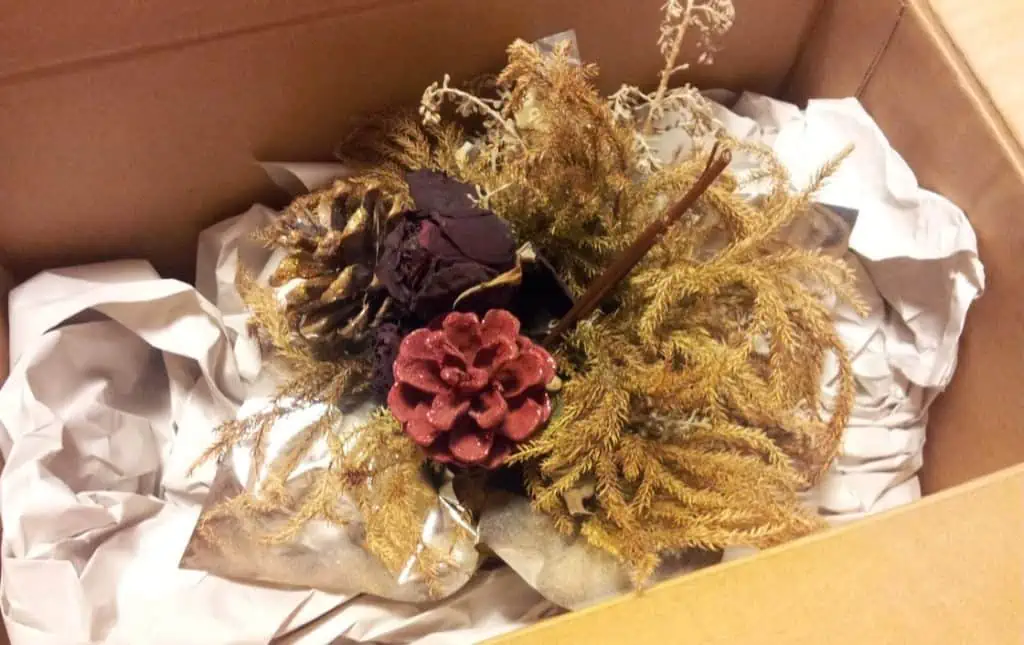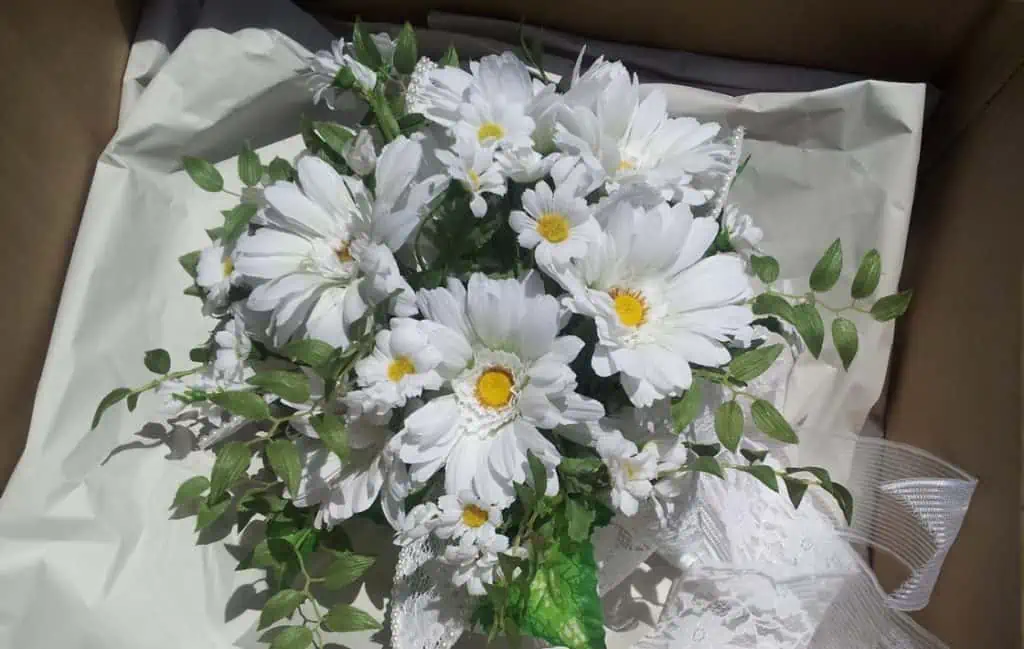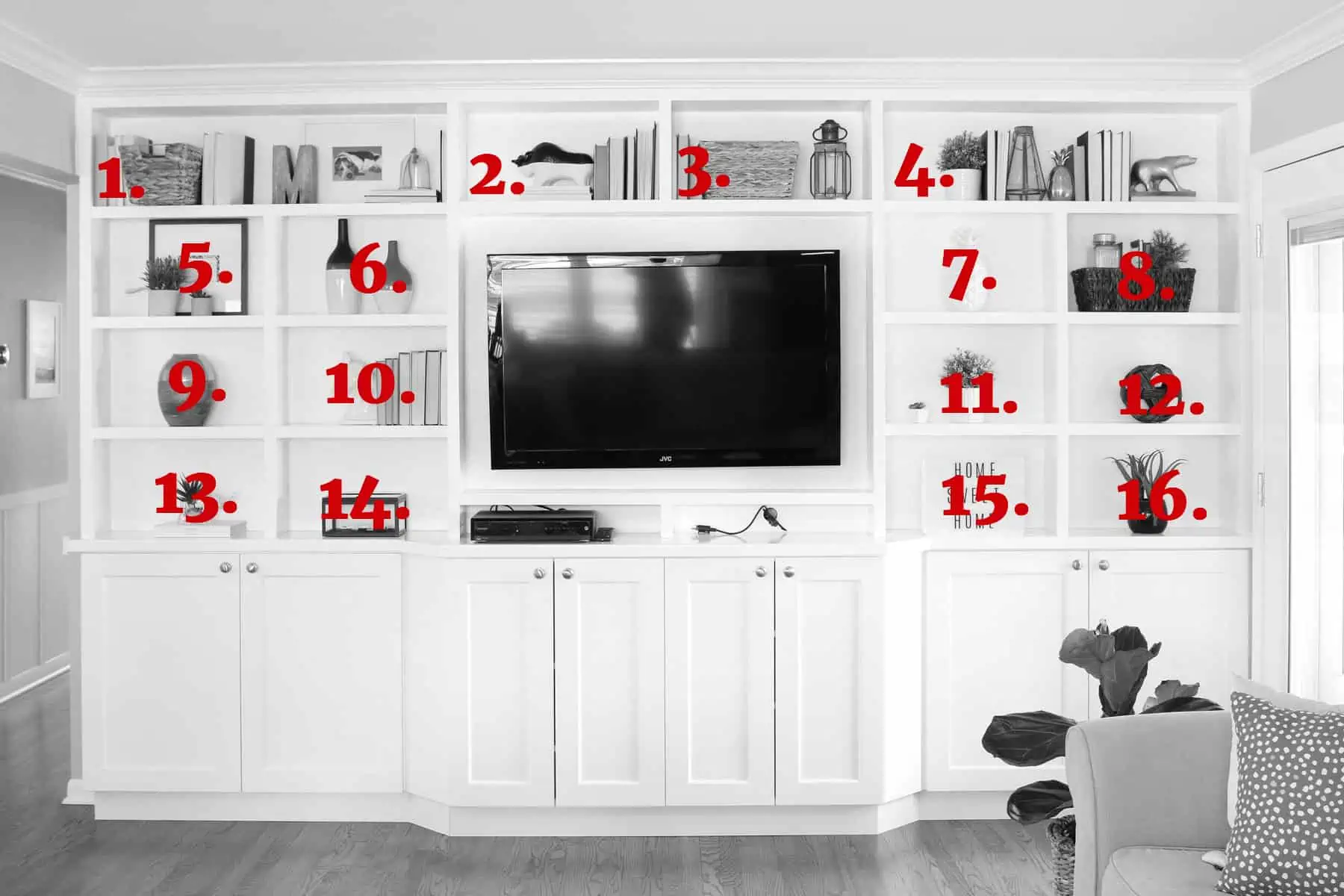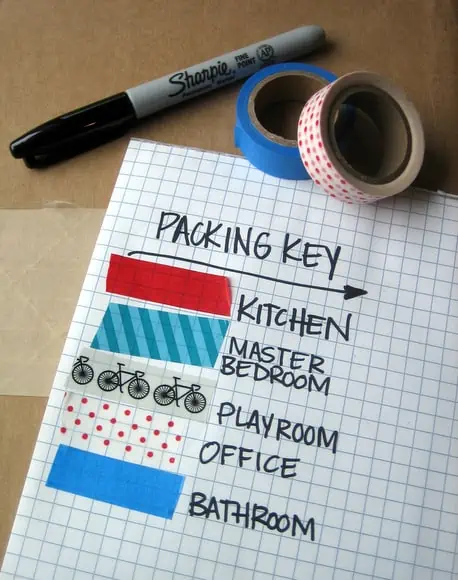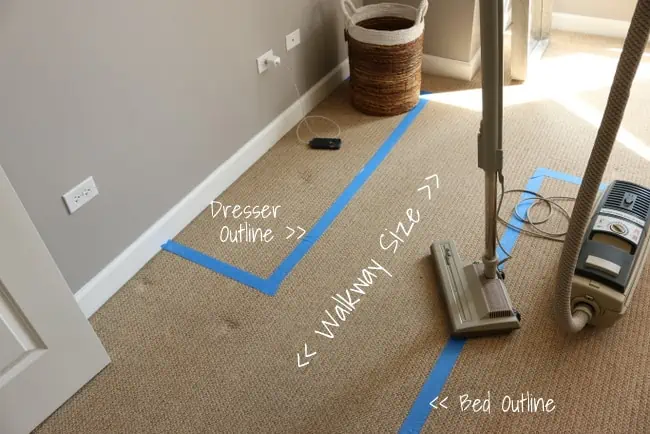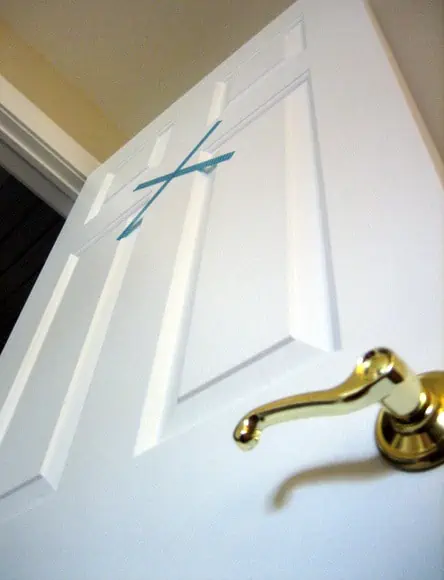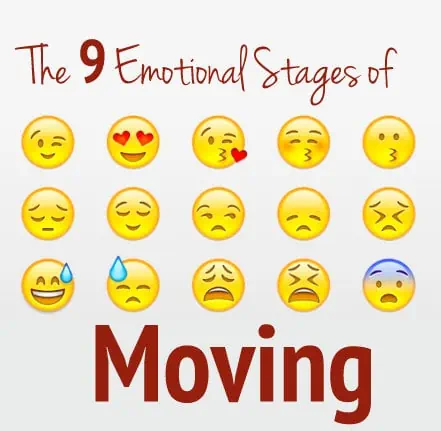As you prepare to move, you may be wondering how to safely transport that dried flower arrangement you’ve kept since your wedding or graduation. These arrangements need breathing room to support their fragile structure while also staying secure enough to avoid shifting during the move.
It’s a delicate balance, but with some friendly guidance, you can become a pro at knowing how to pack your dried flowers for moving. This guide walks you through the entire process with an emphasis on carefully handling both the flowers and their container at every stage. That way, your delicate arrangements arrive in one piece and ready to display.
Step 1: Gather the Right Supplies
We recommend gathering the right supplies early to help protect your flowers:
- A rigid, sturdy box: Dried flowers need a strong outer layer to stay protected during transit. Dimensional arrangements that sit in a vase for a 360-degree view should travel upright in a deep, vertical carton. Flat arrangements meant to be viewed from the front should rest flat on their back in a shallow, horizontal box.
- Packing paper: Use plenty of packing paper to fill spaces around your flowers for extra padding, but avoid direct contact. The texture may be too rough for delicate petals.
- Tissue paper: Tissue paper offers a soft, gentle surface for dried flowers and helps absorb moisture to preserve their condition.
- Bubble wrap: Bubble wrap creates a protective barrier inside the box, shielding your flowers from bumps, potholes, and uneven roads during transit.
- Packing tape: Once your flowers are packed, secure the box with packing tape so everything stays contained and protected during the move.
When combined, these supplies create a shell that’s soft and padded on the inside, but tough and durable on the outside. It’s a win-win, and will get your flowers from point A to point B intact and ready to display.
Step 2: Prep the Container and Flowers
After gathering your supplies, it’s time to package your dried flowers for transport. Keep these tips in mind as you prepare:
- Wrap individual stems or small bunches: Use tissue paper to gently wrap each flower or group of stems. This helps protect delicate petals and reduces the risk of breakage.
- Choose the right box size: The box you choose should be slightly larger than the arrangement, so the flowers fit comfortably without being cramped. A box that’s too small increases the risk of crushed branches, but a box that’s too big leaves room for the flowers to jostle around and risk damage.
- Double-check orientation: Make sure the box is constructed correctly and oriented right side up before placing anything inside.
- Line the interior: Start with a layer of bubble wrap on the bottom and sides to cushion the box, then add a layer of tissue paper on top of the bubble wrap to absorb moisture and offer extra padding.
- Create a nest: Fashion a paper nest along the bottom using loosely crumpled tissue paper. This gives your flowers a secure, padded spot to rest.
Pro Tip: If you’re traveling in hot weather, consider placing the box inside a cooler to help regulate temperature and protect the flowers from heat-related damage.
Should you spray dried flowers with hairspray?
Spraying dried flowers with hairspray can help preserve their shape and prevent dust buildup, but it can also sometimes leave a sticky or dull finish on the petals. However, it’s not a required step, and it isn’t a substitute for careful packing.
“Let anyone who’s helping you move know—verbally and in writing—which boxes contain fragile arrangements so they can handle them with extra care.”
So, if you don’t have any on hand, don’t worry. Our expert packing tips are more than enough to help keep your dried or artificial flowers safe throughout the move.
Step 3: Pack and Secure the Flowers in a Box
Packing dried or artificial flowers requires delicate handling and a little strategy. Keep these tips in mind as you arrange and secure your floral arrangement:
- Consider flat vs. dimensional arrangements: As mentioned earlier, dimensional arrangements, like those in a vase with a 360-degree display, should stand upright. Flat arrangements designed to be viewed from the front should lie on their back.
- Limit empty space: After wrapping your flowers, strategically arrange them to minimize gaps. Then, use packing paper or bubble wrap to fill any remaining space, add cushioning, and prevent shifting during the move.
- Add support with packing materials: After your flowers are nestled in the box, use additional packing paper and bubble wrap to cushion the sides and top. These layers prevent shifting and absorb shocks during the move.
- Tie down the arrangement: For extra stability, poke holes in the box walls with a pen or pencil and thread string through to secure the center of the arrangement. Use 2–3 ties for flat arrangements and 4–5 for dimensional ones. Tape the string ends to the outside of the box to hold them in place.
- Label clearly and consistently: Proper labeling makes loading and unpacking much easier and helps prevent mishandling. We recommend adding a “fragile” tag and noting the contents. Learn how to do it right with our guide to color-coded box labeling.
Pro tip: Let anyone who’s helping you move know—verbally and in writing—which boxes contain fragile arrangements so they can handle them with extra care.
Step 4: Securely Transport the Box
Dried flowers can break or shed easily, so lift and carry the box carefully. Avoid sudden movements, tipping, or stacking anything heavy on top. Keep the box upright on a flat, stable surface—ideally separated from larger items that could shift during transport.
Temperature matters, too. Extreme heat or cold can cause brittleness or moisture damage. Whenever possible, transport your arrangements in moderate conditions to help preserve their shape and color.
Step 5: Delicately Unpack the Flowers
Once you arrive at your new home, ensure a vase is readily available. Always open the box right side up and place the flowers directly into the vase. The less you move or reposition them, the lower the risk of breakage or shedding.
“If you’re traveling in hot weather, consider placing the box inside a cooler to help regulate temperature and protect the flowers from heat-related damage.”
Next, carefully remove any tissue or wrapping, taking extra care not to tug or twist the stems. And there you have it—your dried flowers in your new home, safe and sound thanks to clear labeling, smart placement, and a gentle touch.
See prices for local moving labor. Read real customer reviews. Easily book your help online.
Packing, Transporting, and Unpacking Dried Flowers
Packing and moving dried or artificial flowers takes some thoughtful preparation, but it’s easy once you know all the steps: soft and supportive materials, clear labeling, and proper handling. With these, you can preserve every stem and petal, and enjoy your arrangement all over again.


